Test: Hitachi EX120-5 excavator
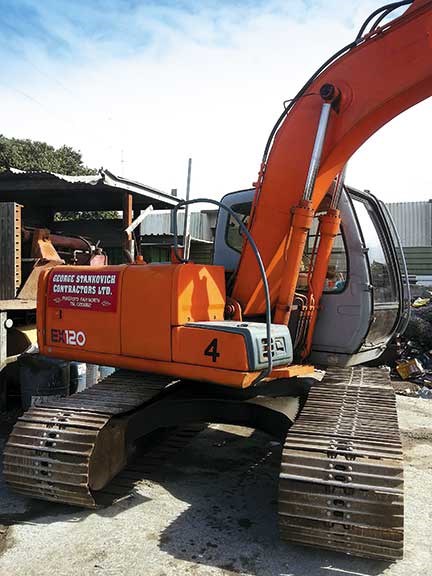

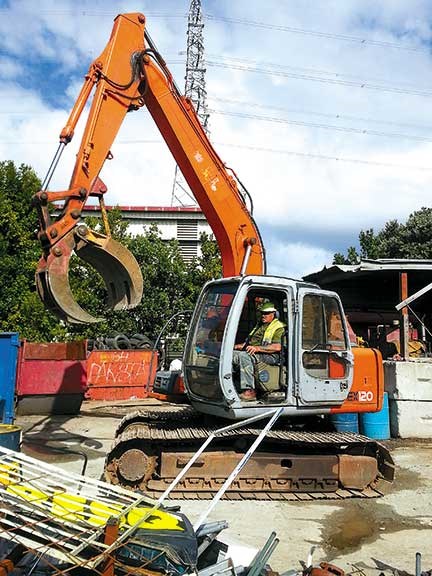 The Hitachi EX120-5 is used every day to stack and load scrap metal.
The Hitachi EX120-5 is used every day to stack and load scrap metal.

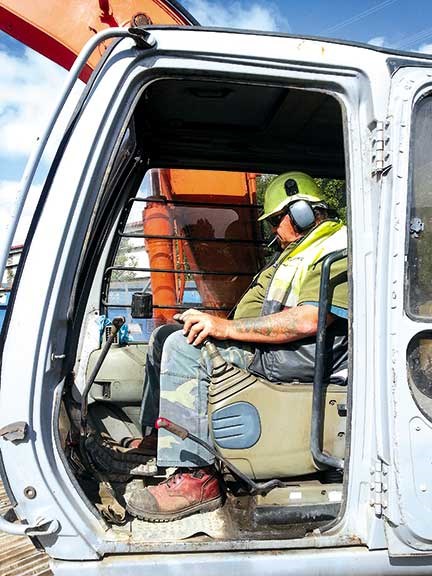

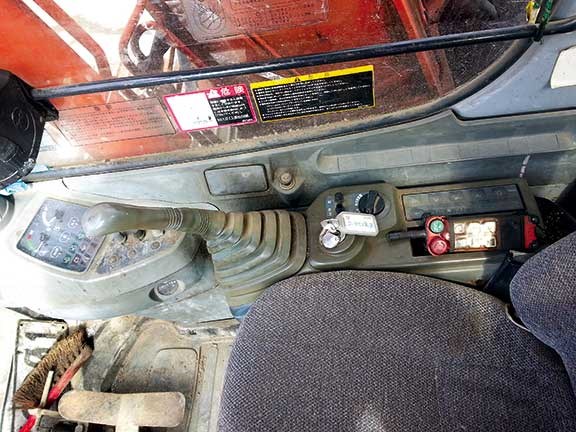


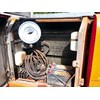
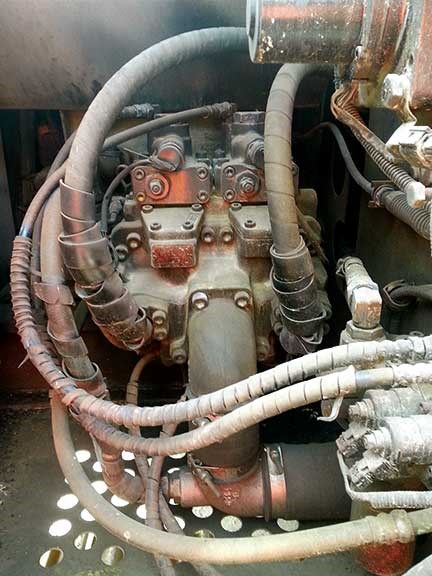



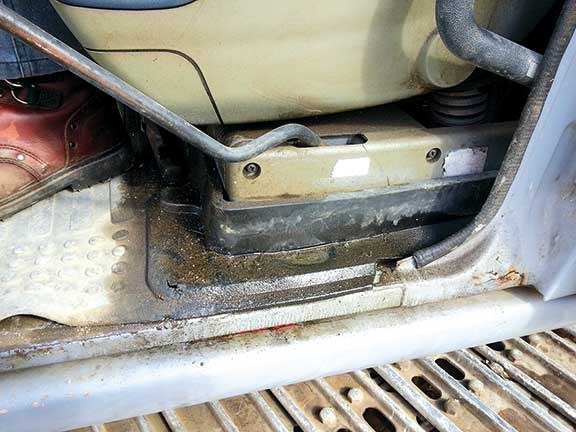

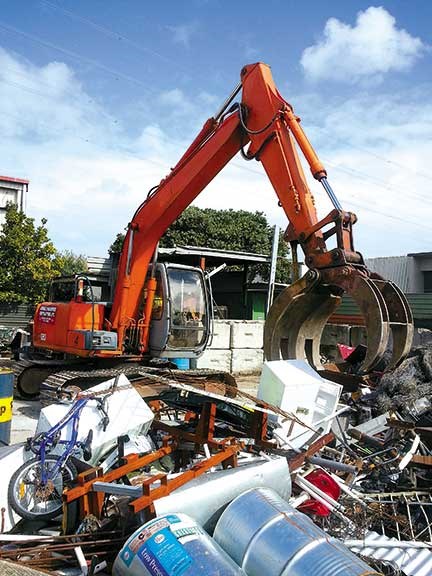

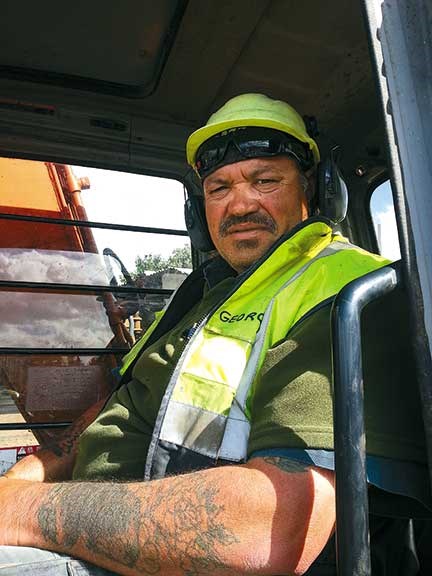 George Stankovich Jr.
George Stankovich Jr.

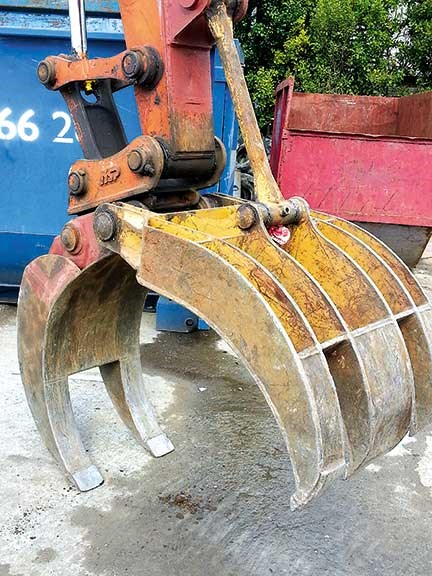


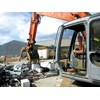

|

|
|
The Hitachi EX120-5 is used every day to stack and load scrap metal.
|

|

|

|

|

|

|

|

|
|
George Stankovich Jr.
|

|

|
Quite often we test new machines that are outside the scope of many contractors' wallets. This month the Ed decided to have a closer look at a twelve-tonne Hitachi EX120-5 excavator.
Released in 2000, the 'Dash 5' as it has come to be known, was seen by those on the ground floor as a move away from some of the reliability issues of the earlier 'Dash 2' and 'Dash 3' models (there was no 'Dash 4' model).
Hitachi was not the only brand to suffer from the 'new' age of computers in excavators and its turn came about in the late 1980s with the introduction of the Dash 2. It seems the problem with early computers in excavators was primarily dust and vibration, along with the difficulty contracting company mechanics experienced when trying to decipher problems.
Hitachi reliability returned to the fore with the introduction of the Dash 5 range, as it featured a more robust computer system and this has resulted in a large number of high-hour Dash 5s still in active daily service compared to the relatively few Dash 2s and Dash 3s.
The Hitachi EX120-5
Finding an operating EX120-5 wasn't difficult. The one I chose to take a look at belongs to Stankovich Metal Recyclers in West Auckland, where it is used daily to stack and process scrap metal.
Most people in the Auckland contracting industry know or would have heard of brothers George and Andrew Stankovich. Along with their father, George Senior, they were rock blasting and excavation specialists for many years, before the brothers opted for the more sedate life of metal recycling, and George Senior semi-retiring to Kaitaia with a truck and some gear.
I am told this particular machine was purchased about 18 months ago off a local contractor that was known for well-turned-out gear, and who sold up equipment prior to moving out of the area.
Checking the hour clock, I see the 10,600 hours currently on the clock are not really indicative of how the excavator looks, as the bodywork has really been kept well and tells me that previous operators were of a high standard.
I notice that the track chains are in very good order with little wear. Not being what I expected to see on a machine with such hours, I'm pretty sure that worn chains were replaced not too long ago, which means that the Stankovich brothers were on the winning end of the deal — especially at the price they told me they purchased it for.
Further inspection around the machine shows a slight oil weep from a boom cylinder, which is a fairly inexpensive fix, and a small leak from one of the cab controls. The leaks, along with the missing rubber seal on the cab door, are common with these models and are not an indication of anything seriously wrong.
Like all machines, leaking ram cylinder seals are important to get repaired sooner rather than later as dust can enter the system and damage hydraulic components over time.
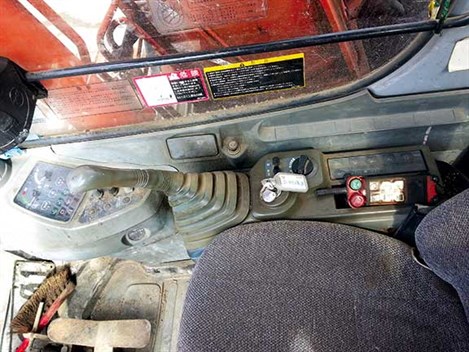
The cab
Like a lot of different brand cab designs, the EX120-5 doesn't offer a lot of room for Kiwi males.
Everything functions well and another bonus is that these models come with a very effective air-con and heating system, making work much more bearable for the operator.
Replacing worn rubber heater pipes (which happen on higher-hour machines) on these older models is a big task, as the heating unit must be one of the first components installed when the cab is assembled and so requires the removal of almost everything in the cab to gain access to the unit.
Power and hydraulics
The EX120-5 runs a turbocharged Isuzu A-4BG1T engine rated at 85hp (63kW), with a similar engine design to previous models.
Using the power of the engine are two variable displacement axial piston pumps. The additional pump and revamped componentry allows the Dash 5 model to track and slew without having the machine veer off course due to power loss, as well as a big efficiency gain for the busy operator.
Another noticeable change was a move away from the rectangular hydraulic tank to a barrel shape, said to provide a more even cooling of the hydraulic oil.
Operation
After a quick safety discussion and pointing out what he wants me to do, George Jr passes the EX120-5 over to me. I noticed that he ran the machine on fairly low revs and I do likewise, turning the throttle up to a bit until the engine runs at a nice smooth hum.
At this pace, the 12-tonne machine comfortably sorts through a stack of freshly-dumped scrap waste metal, without becoming sluggish or using more fuel than is necessary.
I make what I feel is a half-decent job at pulling another old washing machine to bits, and painfully extract the electric motor. This exercise is a good indication of the operating quality of the machine.
There isn't much tracking needed in this work environment, so most of my movement is getting scrap that is a bit far away to reach, and moving out of the way for the trucks dumping off. Working from a concrete pad certainly makes one's body aware of the lack of suspension available.
On the whole, the EX120-5 runs very well as I spend the rest of my time at the controls stacking scrap as trucks dump it. Finishing up, I come away from the experience with a smile.
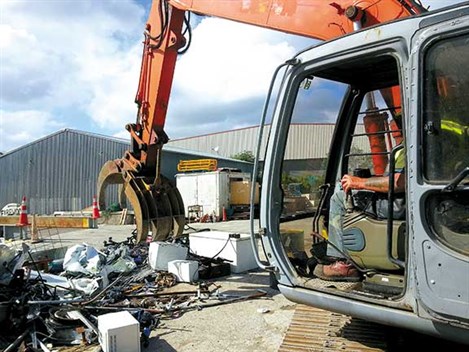
The verdict
Even though this test did not involve any hard excavation work, I was able to get a good feel for the EX120-5, and it shows machines do not need to be run at full noise to be an effective tool.
In my opinion, the Stankovichs have chosen a well-matched excavator/scrap handler for the size of their yard. With the continually changing profit margins in this type of business, the fuel savings they must make from a machine of this size will all contribute to the bottom line.
It would be hard to justify purchasing a new excavator for this type of business but, all the same, a reliable machine that can work every day is needed. With over 10,000 hours currently on the clock, I would not be surprised if this EX120-5 was still working like this at 20,000 hours and beyond.
Check out this video of the Ed putting the Hitachi EX120-5 through its paces.
Keep up to date in the industry by signing up to Deals on Wheels' free newsletter or liking us on Facebook.







.jpg)

.jpg)

